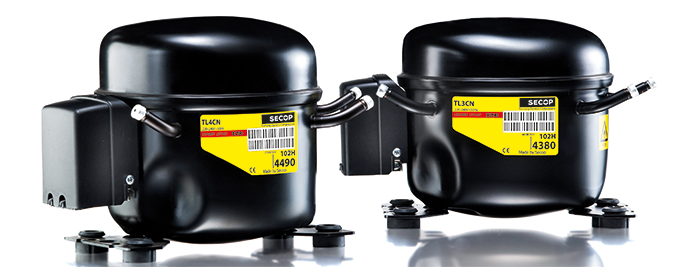Let me introduce to you: The reciprocating compressors
What is a reciprocating compressor?
A reciprocating compressor or piston compressor is a positive- displacement compressor that uses pistons driven by a crankshaft to deliver gases at high pressure. Both a reciprocating compressor and a reciprocating pump use the operating principle of reciprocating technology.
The intake gas enters the suction manifold, then flows into the compression cylinder where it gets compressed by a piston driven in a reciprocating motion via a crankshaft, and is then discharged. If only one side of the piston is used for compression, it is described as single acting. If both sides of the piston, top and underside are employed, it is double acting. The versatility of the piston compressors knows virtually no limits. It compresses both air and gases with very little alterations and is capable of compressing air and gas to high pressures. Applications include oil refineries, gas pipelines, chemical plants, natural gas processing plants and refrigeration plants. One specialty application is the blowing of plastic bottles made of polyethylene terephthalate (PET).
How does a reciprocating compressor work?
The configuration of a piston compressor can be a single cylinder for low pressure/low volume to a multi-stage configuration capable of compressing to very high pressure. In these compressors, air is compressed in stages, increasing the pressure before entering into the next stage to compress the air into even higher pressure.
Different compressor designs:
There are various compressor designs: Rotary vane; Centrifugal & Axial flow (typically used on gas turbines); Lobe (Roots blowers), and Reciprocating. The main advantages of the reciprocating compressor are that it can achieve high- pressure ratios (but at comparatively low mass flow rates) and is relatively cheap.
More details:
The reciprocating compressor is a piston and cylinder device with (automatic) spring controlled inlet and exhaust valves. Delivery is usually to a receiver. The receiver is effectively a store of energy used to drive (eg) compressed air tools. Reciprocating compressors usually compress air but are also used in refrigeration where they compress a superheated vapour (to which the gas laws strictly do not apply). In order to be practical there is a clearance between the piston crown and the top of the cylinder. Air ‚trapped‘ in this clearance volume is never delivered, it expands as the piston moves back and limits the volume of fresh air, which can be induced to a value less than the swept volume.
The induced volume flow is an important purchasing parameter. It is called the „Free Air Delivery“ (FAD), and it measures the capacity of a compressor in terms of the air flow it can handle. It is normally measured at standard sea level (SSL) atmospheric conditions and allows the capacities (size) of compressors to be compared. The induced mass per cycle must equal the delivered mass per cycle (continuity!), although the induced and delivered volumes will be different.
For more information visit: www.secop.com

